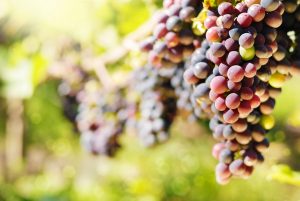Grape derivatives that are marketed as antioxidants are usually by-products of wine production: grapevine cane is used as a source of resveratrol; grape pomace (skin, seeds and lees), which accounts for 15-25% of the weight of the grape, is rich in phenolic compounds; and grape seeds contain proanthocyanidins, omega-6 fatty acids, phytosterols, and vitamin E. The content of antioxidant compounds depends on each grape variety.
- Email: info@galenolink.com

